Do I need to wash Muddy Boots lettuce?
At a pick-up a few years ago, one of our members confessed to Aaron that she didn’t have time to wash her salad greens the…
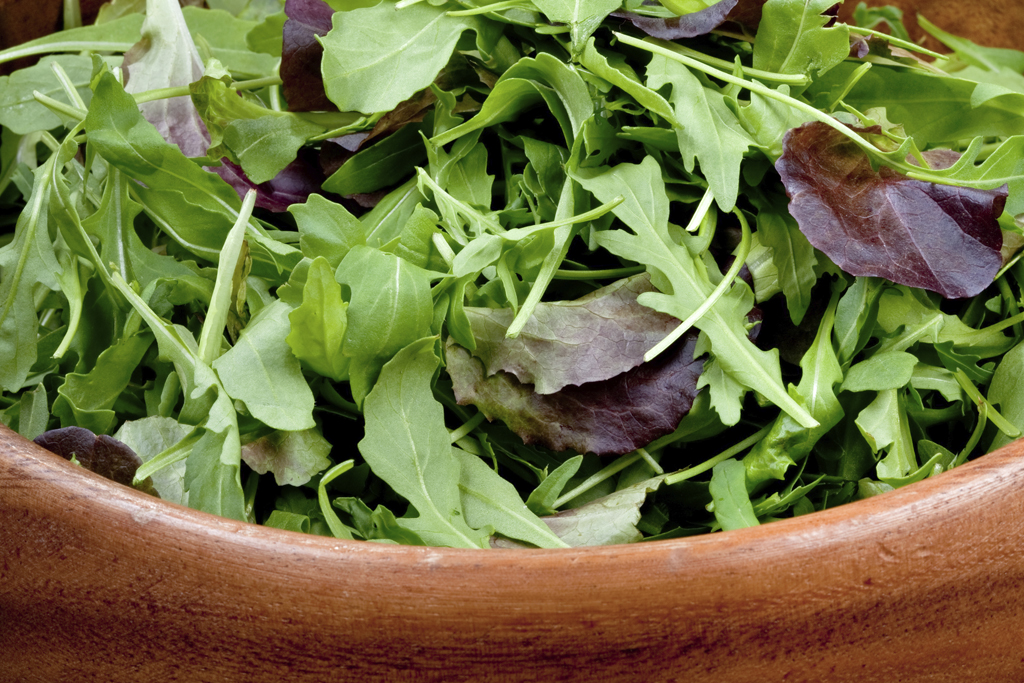
At a pick-up a few years ago, one of our members confessed to Aaron that she didn’t have time to wash her salad greens the…
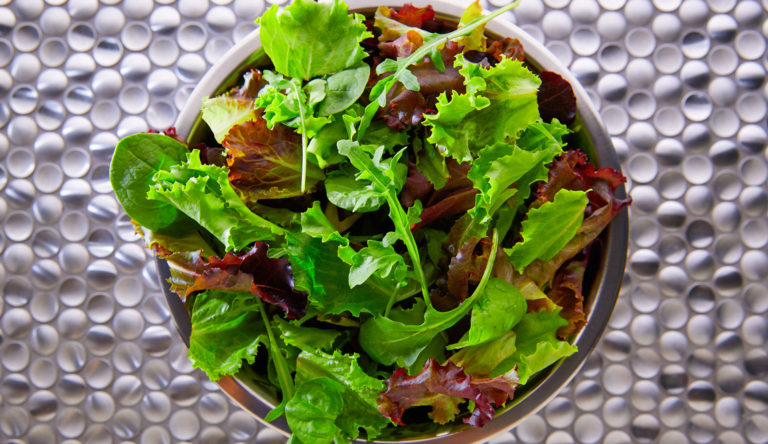
Aaron and Tonya are passionate about their organic salad greens; they are truly a labor of love. Because the greens are harvested when they are…
This is from Sweetwater Organic Farm a pioneer in the organic vegetable movement. The farm is located in Tampa Florida! Carrot roots should be firm,…
Rapini, Chard and Kale can be cut and then washed in a large bowl of fresh cold water. Make sure the bowl is large enough…
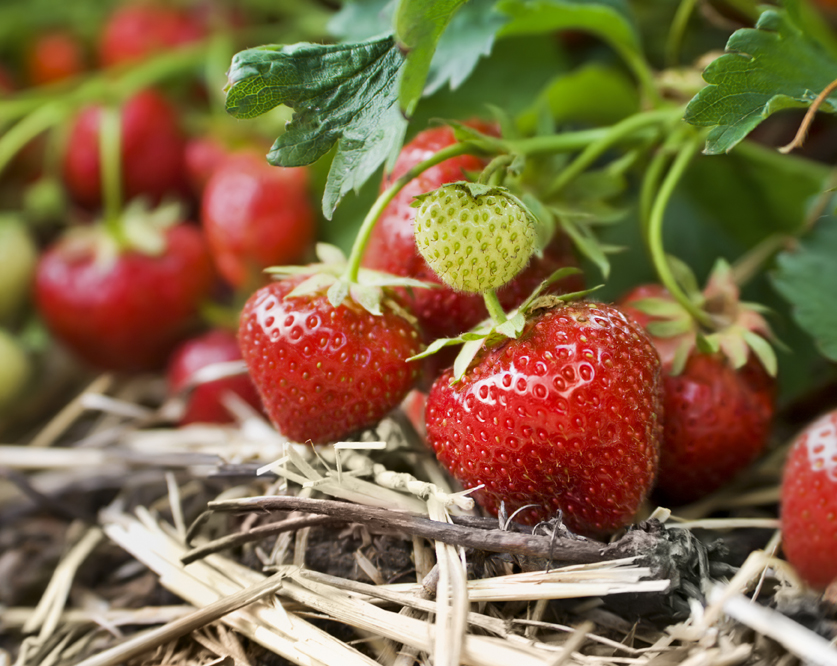
There is nothing better on a cold winter’s day than reaching into your freezer for some strawberries! Let them defrost and serve them with yogurt…

Properly stored garlic can easily last through the end of year holidays and beyond. Commercial growers like Justin recommend storing garlic in the refrigerator in…
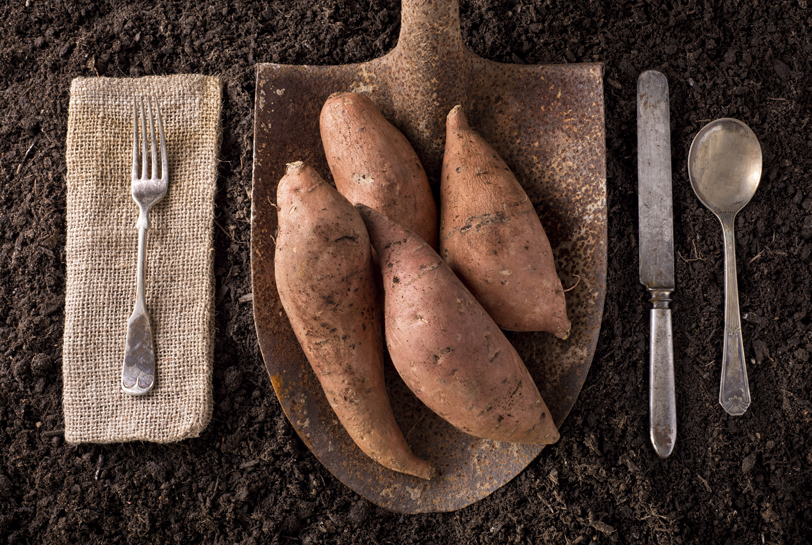
Winter squash and sweet potatoes will be perfectly happy spending the winter together in a cool room in your house – perhaps a room that…
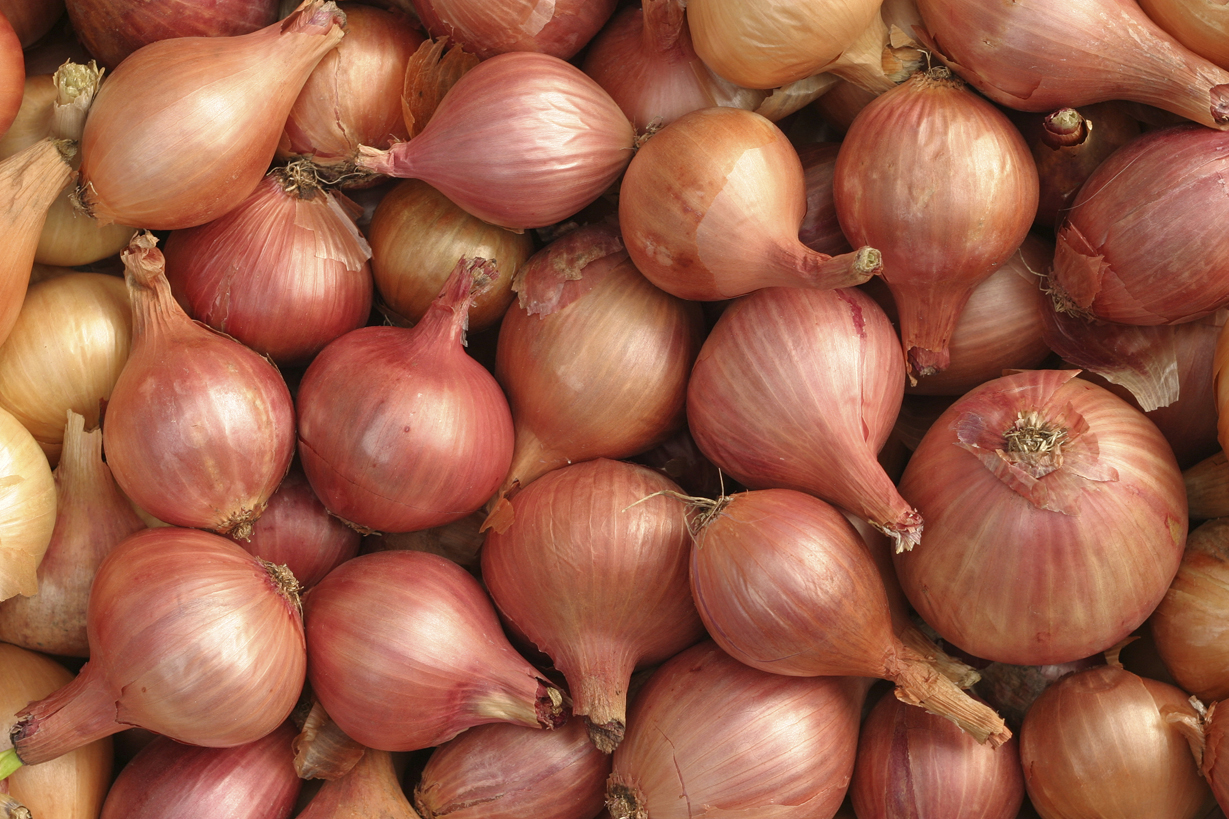
With the proper conditions, Storage Onions should last well into the late winter or early spring, if you don’t use them all before then. A…
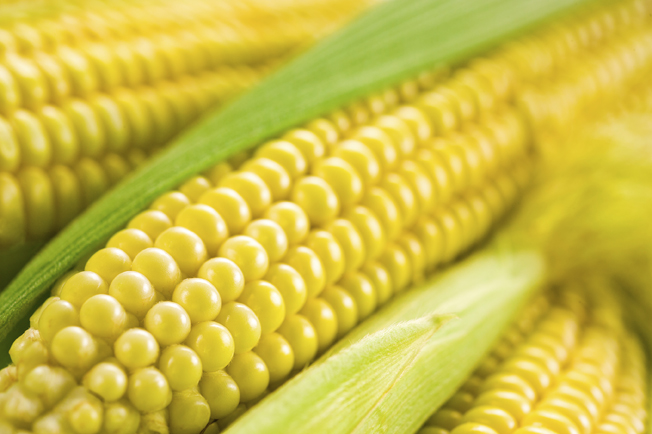
Corn freezes really well and there are lots of things you can do with it for winter meals. Like most vegetables that you freeze, corn…
This share could easily be something you might get in a CSA is Santa Fe New Mexico, so let’s go with the flow and honor…
End of content
End of content
Robin McDermott, CSA Coordinator 802-496-3567 or by email.
CSA Pick-Up Location: Cloud Water Farm, 284 Route 100, Warren, VT 05674
Please do not drop off cash or checks for the CSA to the farm. Please send your payments to the PO Box below.
Mailing Address for sending in CSA Payments: Muddy Boots CSA, PO Box 449, Waitsfield, VT 05673
©2024 Muddy Boots CSA